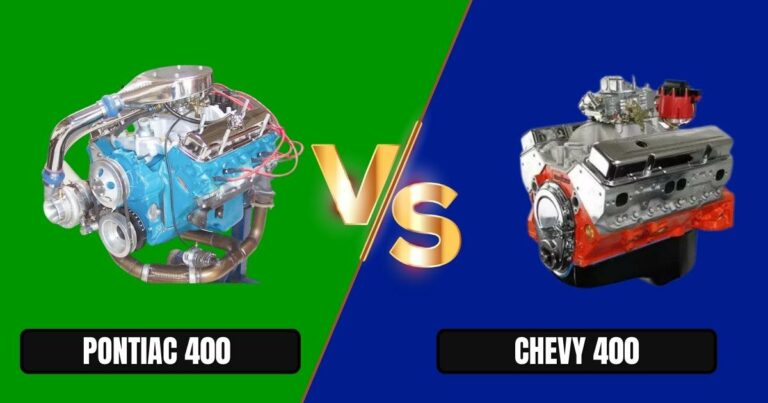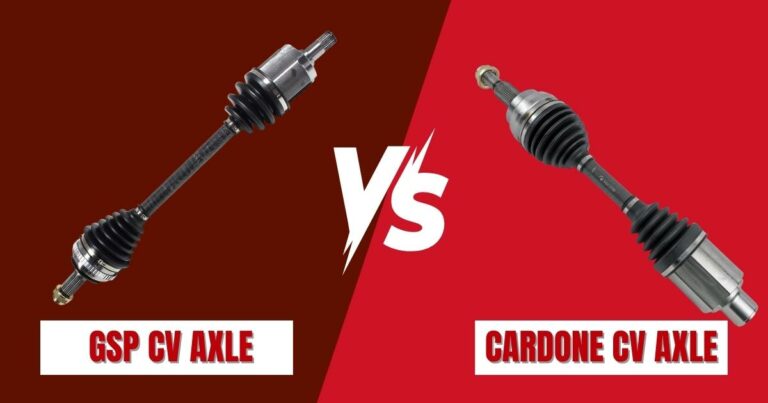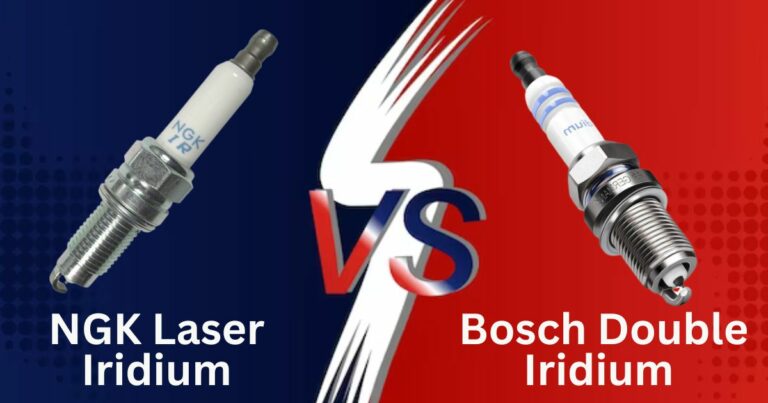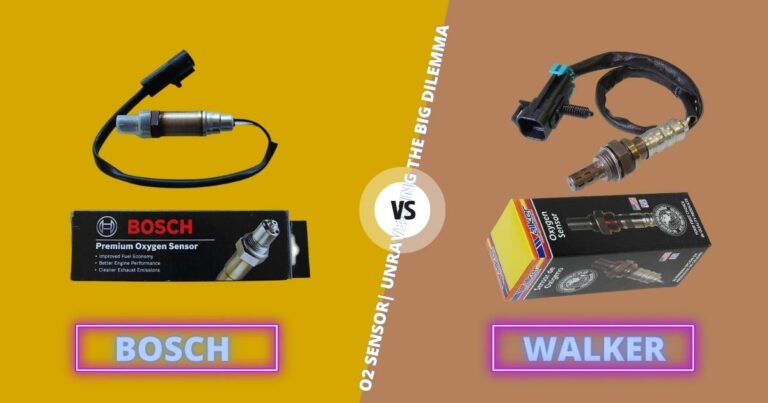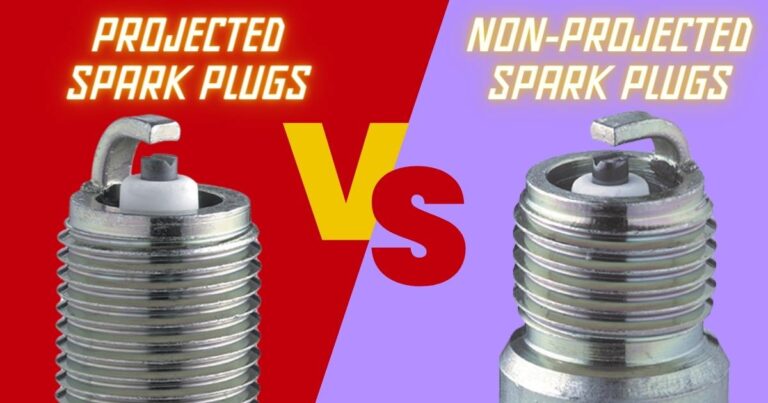Structural Showdown: Stamped Steel vs Aluminum Control Arms
The term control arms rarely makes its way into conversations about vehicle parts, sparking curiosity about what these components actually are and their role in a vehicle’s functionality. Many motorists may be unfamiliar with control arms, but they are an integral part of a vehicle’s suspension system.
Control arms connect the vehicle’s frame to the steering knuckles, which allows for controlled movement and supports the wheels’ up-and-down motion. Essentially, they play a vital role in maintaining stability, ensuring proper wheel alignment, and contributing to a comfortable ride.
In this discussion, we explore the significance of control arms and the ongoing debate surrounding the choice of materials, particularly between stamped steel and aluminum.
What Are Control Arms?
Control arms, also known as A-arms or wishbones, are crucial components of a vehicle’s suspension system. The arms are used to connect the vehicle’s chassis or frame to the steering knuckles, which, in turn, gets attached to the wheels. The primary function of control arms is to facilitate controlled movement, allowing the wheels to move up and down while maintaining stability and proper alignment.
What Does Control Arms Do?
Control arms serve as the link between the vehicle’s chassis and the steering knuckles or spindle. This connection enables the controlled movement of the wheels in response to road irregularities, bumps, and turns.
When you drive over bumps or uneven surfaces, the wheels experience vertical motion. This is where the control arms come in to help absorb and distribute the impact, ensuring a smoother and more comfortable ride for the occupants.
Control arms are also crucial in maintaining proper wheel alignment. The arms help to keep the wheels parallel to each other and perpendicular to the road, which enhances steering precision and tire wear. During turns, the outer wheel often travels a longer distance than the inner wheel. Control arms help manage this difference in movement, contributing to stability and control when navigating corners.
Ensuring the proper functioning of your control arm and suspension system is important for maintaining tire stability when encountering bumps or potholes on the road. Should you notice vibrations in your steering wheel, difficulty in control, or loud banging and clunking noises while driving over bumps, it could indicate the need to replace the control arm assembly.

Stamped Steel vs Aluminum Control Arms
The design and material of control arms can impact a vehicle’s handling and performance. Ideally, the choice between control arms is often determined by factors, such as weight, durability, and responsiveness. Steel and aluminum arms are by far the most common materials, which can be attributed to their unique properties and suitability for various automotive applications.
Stamped Steel Control Arms
Stamped steel control arms are crafted through a precise manufacturing process known as stamping. This involves the use of stamping dies and presses to cut, bend, and shape flat steel sheets into the desired form. This process creates accurate and consistent geometries, which ensures that each stamped control arm is nearly identical.
Stamped steel control arms find widespread use across various vehicle types, including sedans, SUVs, trucks, and more. Their versatility makes them suitable for different driving conditions and applications, from every day commuting to off-road adventures.
Characteristics and Benefits
Strength
Strength is a defining characteristic of stamped steel control arms. The arms are designed to offer robust support to withstand the forces and stresses encountered during vehicle operation. This, in turn, ensures that the vehicle can effectively handle the dynamic loads imposed by varying road conditions.
Durability
Durability is a hallmark of stamped steel control arms. The incorporation of steel ensures these components can withstand the continuous stresses and strains encountered in regular driving conditions. This durability contributes to the long-lasting performance and reliability of the vehicle’s suspension system.
Cost-Effectiveness
Steel is generally an economically viable material. This makes stamped steel control arms a budget-friendly option, particularly for mass-produced vehicles.
Considerations
Weight
Weight is a notable consideration for stamped steel control arms. Generally, steel is heavier than alternative materials, which can impact overall vehicle weight and fuel efficiency. Stamped steel arms provide strength, but the added weight can influence the dynamic performance and fuel economy.
Corrosion Susceptibility
Corrosion susceptibility is also a concern with stamped steel control arms. Over time, these control arms can be susceptible to corrosion, particularly in regions with harsh weather conditions.
Aluminum Control Arms
Aluminum control arms are crafted from aluminum alloy using precision manufacturing techniques like machining or casting. The lightweight nature of aluminum contributes to reduced unsprung mass, which enhances vehicle agility and responsiveness.
Aluminum control arms are often preferred in performance-oriented vehicles that demand weight reduction and improved responsiveness. These control arms are mainly used in sports cars, high-performance sedans, and other vehicles that prioritize agility.
Characteristics and Benefits
Lightweight
Aluminum control arms are notably lightweight compared to their stamped steel counterparts. This construction has a positive impact on the overall weight of the vehicle, contributing to improved fuel efficiency and dynamic performance.
Strength-to-Weight Ratio
Aluminum control arms boast a high strength-to-weight ratio, which signifies robust structural strength without excessive weight. This ratio contributes to enhanced overall vehicle performance and durability without compromising on the lightweight nature of aluminum.
Corrosion Resistance
Aluminum exhibits natural corrosion resistance, making aluminum control arms well-suited for use in regions with harsh weather conditions. Aluminum’s resistance to corrosion contributes to the longevity and durability of these components in diverse environment settings.
Considerations
Cost
Aluminum control arms tend to be more expensive to manufacture compared to stamped steel control arms. The cost difference can be a major consideration when choosing between these materials in vehicle production.
Impact Susceptibility
Despite their durability, aluminum control arms may be more susceptible to impact damage when compared to their steel counterparts. This emphasizes a potential trade-off between the lightweight advantages of aluminum and the impact resistance inherent in steel.
Aluminum vs Steel Control Arms—Which is Best?
When it comes to choosing between aluminum and steel control arms, there is no one-size-fits-all answer, as each material has its advantages and disadvantages. Ideally, it’s often a matter of aligning your choice with the specific demands of your vehicle.
Stamped steel control arms are generally more cost-effective than aluminum control arms. So, if budget constraints are a primary concern, stamped steel may be a more practical choice. That said, stamped steel remains a robust and durable material that provides a long-lasting solution without compromising essential suspension functions.
For those prioritizing performance and willing to make a higher investment, aluminum control arms may be a suitable choice. The inherent lightweight properties of aluminum contribute to enhanced handling and improved fuel efficiency. This makes aluminum control arms a popular option, particularly in high-performance and sports vehicles.
Stamped steel control arms are common in a wide range of vehicles, including standard and heavy-duty applications. If you’re a daily driver or have a vehicle that doesn’t require high-performance features, stamped steel may be sufficient.
On the other hand, aluminum control arms are often preferred in performance-oriented vehicles. Their application is more prevalent in scenarios where the performance benefits of reduced weight and improved handling are preferred over cost considerations.
When considering control arm materials, the impact of weather conditions cannot be overlooked. The inherent ability of aluminum to resist rust makes it a preferred choice for vehicles in regions prone to harsh weather. On the other hand, stamped steel control arms may demand more diligent maintenance to mitigate the risk of rust, particularly in environments where corrosion is a persistent concern.
For those emphasizing improved handling and performance, the priority should lie in reducing unsprung weight. Here, the lighter weight of aluminum control arms becomes an obvious advantage. As such, opting for aluminum over stamped steel can significantly contribute to a more agile and responsive vehicle.
Lastly, tailoring the choice of control arms to the specific type of vehicle is essential. High-performance or sports cars stand to benefit more from the advantages of aluminum control arms, which emphasize weight savings and enhanced handling.
In contrast, standard commuter vehicles may not necessarily require the performance features associated with aluminum. In such applications stamped steel control arms are often a more practical and cost-effective choice.
Conclusion
Aluminum control arms vs steel– what is the best option for your vehicle needs? The ideal option always depends on a number of factors, such as performance priorities and the intended application of the vehicle. Regardless of the choice, both materials cater to diverse vehicle needs while ensuring optimal performance and durability based on your driving expectations.

